Problems with Chronic Wounds
The wound healing cascade is a complex process and can fail to proceed through the normal phases of wound healing due to many factors:
- Persistent Inflammation
- Oxidative Stress
- Non-migratory/hyperproliferative stress
- Infection/ biofilm formation
- Cellular senescence
- Decreased angiogenesis
- Accumulation of:
- Pro-inflammatory signals and macrophages
- Matrix metalloproteinases (MMP’s)
- Proteases
- Extracellular Matrix (ECM) and growth factor degradation
BioREtain®
The Power Of Six
The patented six-step BioREtain® process is gentle, minimally invasive, and preserves the natural integrity of the amniotic tissue/ components critical to the inherent wound healing process.
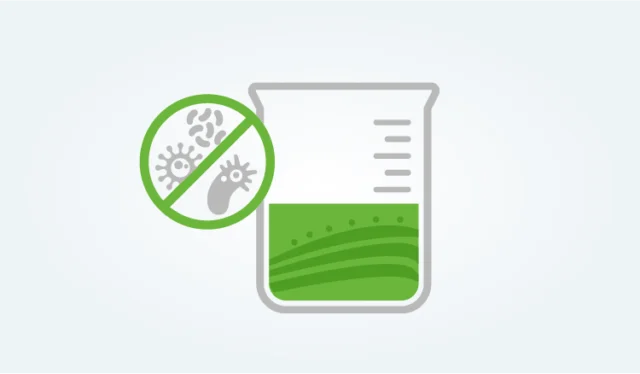
Minimally invasive
Disinfection
The membrane is submerged in an effective disinfection solution.
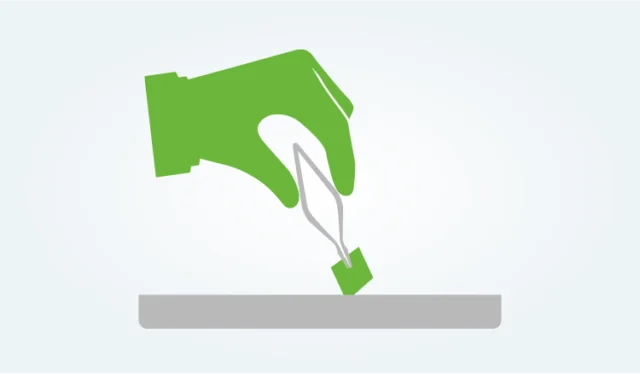
Manual hematopoietic
Reduction
Blood and blood-producing components are removed by hand without scraping or scrubbing to preserve membrane structure.
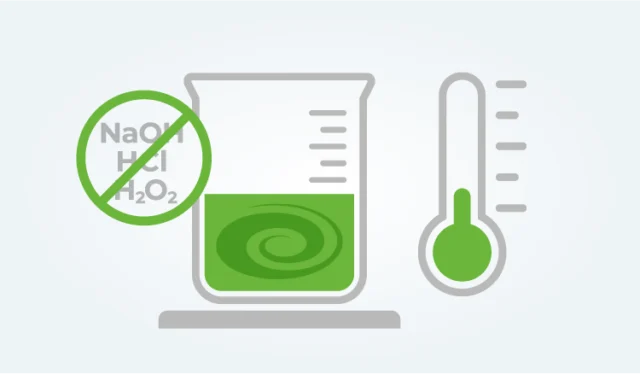
Cold isotonic
Cleansing
A series of washes in clean, low-temperature, isotonic solution with gentle stirring remove remaining debris while minimizing tissue and growth factor breakdown.
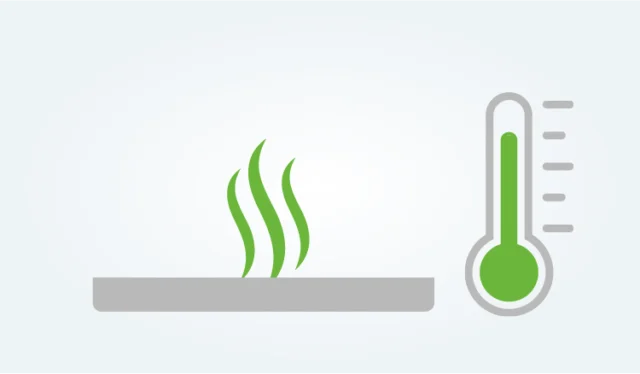
Gentle and gradual
Dehydration
Slow drying of the membrane using physiological temperature preserves tissue structure and natural growth factors, preventing damage from freezing or high temperatures.

Precise cutting die
Placement
Precise, manual placement of cutting dies helps ensure optimal tissue quality for each individual allograft.
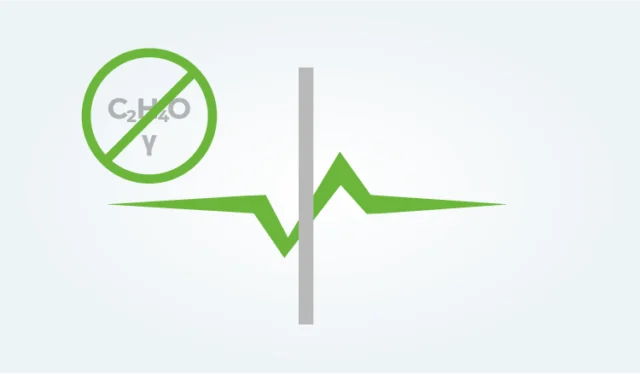
Low-dose E-beam terminal
Sterilization
Grafts are individually packed and terminally sterilized via electron beam, avoiding harmful byproducts or excessive irradiation associated with other methods.
*Our sterilization assurance level (SAL) is generally accepted for pharmacopeial sterilization procedures, with a probability of not more than one viable microorganism per one million sterilized items of the final product.
Natural Properties of Amniotic Tissue
Amniotic tissue has shown to maintain key elements highlighting three areas of importance to chronic wound care:

Extracellular Matrix (ECM)
A network of extracellular macromolecules that provide structural and biochemical support to surrounding cells. Chronic wounds contain increased levels of inflammatory cells, giving rise to elevated levels of proteases that degrade the ECM.

Growth Factors
Growth factors provide the intercellular signaling that orchestrates the complex sequence of cell migration, division, differentiation, and protein expression during wound healing.

Cytokines
Select cytokines act in concert with specific cytokine inhibitors and soluble cytokine receptors to regulate the human immune response.
Factor Highlights of Amniotic Tissue
ECM Components

COLLAGEN
Protein molecules that provide structural support to the extracellular space of connective tissues.
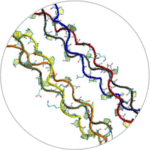

GLYCOSAMINOGLYCANS
Protein molecules that provide structural support to the extracellular space of connective tissues.
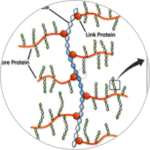

Fibronectin
A glycoprotein primarily secreted by fibroblasts, it is essential for cell organization, adhesion, migration and growth.
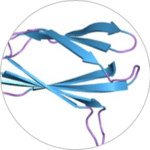

HYALURONIC ACID
Plays a key role in tissue regeneration, controls inflammation, angiogenesis, and makes a conducive environment for migration of cells into the temporary wound matrix.
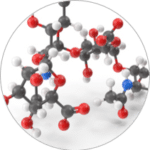
Growth Factors

HGF – (Hepatocyte Growth Factor)
Improves wound healing at multiple stages, affecting cell targets and sustaining all key cellular processes responsible for wound repair. HGF causes keratinocytes to rapidly increase migration speed.
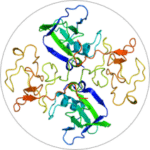

PDGF-BB – (Platelet Derived Growth Factor)
A modulator of angiogenesis and a promoter of proliferation, it is accompanied by activated fibroblasts, extracellular matrix deposition, and active neovessel formation. PDGF-BB stimulates repair by directly stimulating fibroblasts and endothelial cells.
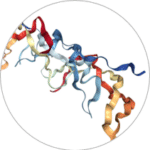

FGF-2 – (Fibroblast Growth Factor)
Stimulates the proliferation and migration of fibroblasts during the proliferation phase of wound healing. Once bound to a cell receptor, it stimulates the movement of new capillary tips towards the center of the wound.
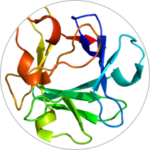
Cytokines

IL-1ra – (Interleukin-1 receptor antagonist)
Inhibits the immune and inflammatory response by binding to the IL-1 receptor.
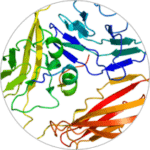
References
- Inês A Deus 1, João F Mano 2, Catarina A Custódio 3 Perinatal tissues and cells in tissue engineering and regenerative medicine- May 14, 2020
- Data on File
- Tenehaus M. The Use of Dehydrated Human Amnion/Chorion Membranes in the Treatment of Burns and Complex Wounds. Ann Plast Surg. 2017;78: S11–S13.
- Silini AR, Cargnoni A, Magatti M, Pianta S and Parolini O (2015) The long path of human placenta, and its derivatives, in regenerative medicine. Front. Bioeng Biotechnol.
2015;3:162. - Ramuta TZ, Šket T, Erjavec MS, Kreft ME. Antimicrobial Activity of Human Fetal Membranes: From Biological Function to Clinical Use. Front Bioeng Biotechnol. 2021;9:691522.
- Heckmann N, Auran R, Mirzayan R. Application of Amniotic Tissue in Orthopedic Surgery. Am J Orthoped. 2016;45(7):E421-E425.
- Niknejad H, Peirovi H, Jorjani M et al. Properties of the amniotic membrane for potential use in tissue engineering. Eur. Cells Mater. 2008;15(15):88-99.
- Moore MC, Bonvallet PP, Damaraju SM, et al. Biological characterization of dehydrated amniotic membrane allograft: Mechanisms of action and implications for wound care. J
Biomed Mater Res. 2020;1–8. - Wassmer C-H. Berishvili E. Immunomodulatory Properties of Amniotic Membrane Derivatives and Their Potential in Regenerative Medicine. Curr. Diab. Rep. 2020;20(31).
- Chatterjee P, Chiasson VL, Bounds KR, Mitchell BM. Regulation of the anti-inflammatory cytokines interleukin-4 and interleukin-10 during pregnancy. Front Immunol. 2014;5(23).
- Moreno SE, Massee M, Koob TJ. Dehydrated Human Amniotic Membrane Inhibits Myofibroblast Contraction through the Regulation of the TGFb‒SMAD Pathway In Vitro. JID
Innov. 2021;1:100020
VENDAJE®, VENDAJE AC® and VENDAJE OPTIC® are perinatal tissue-derived allografts. Each product is designated as a Human Cell, Tissue, and Cellular and Tissue-Based Product (HCT/P) by the U.S. Food and Drug Administration (FDA), minimally manipulated, and produced in accordance with the FDA regulations for Good Tissue Practices (21 CFR 1270, 1271) in our AATB® accredited lab.
